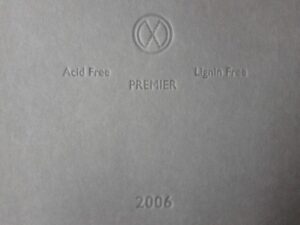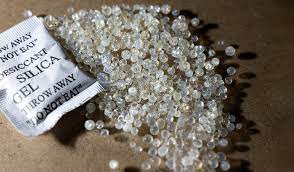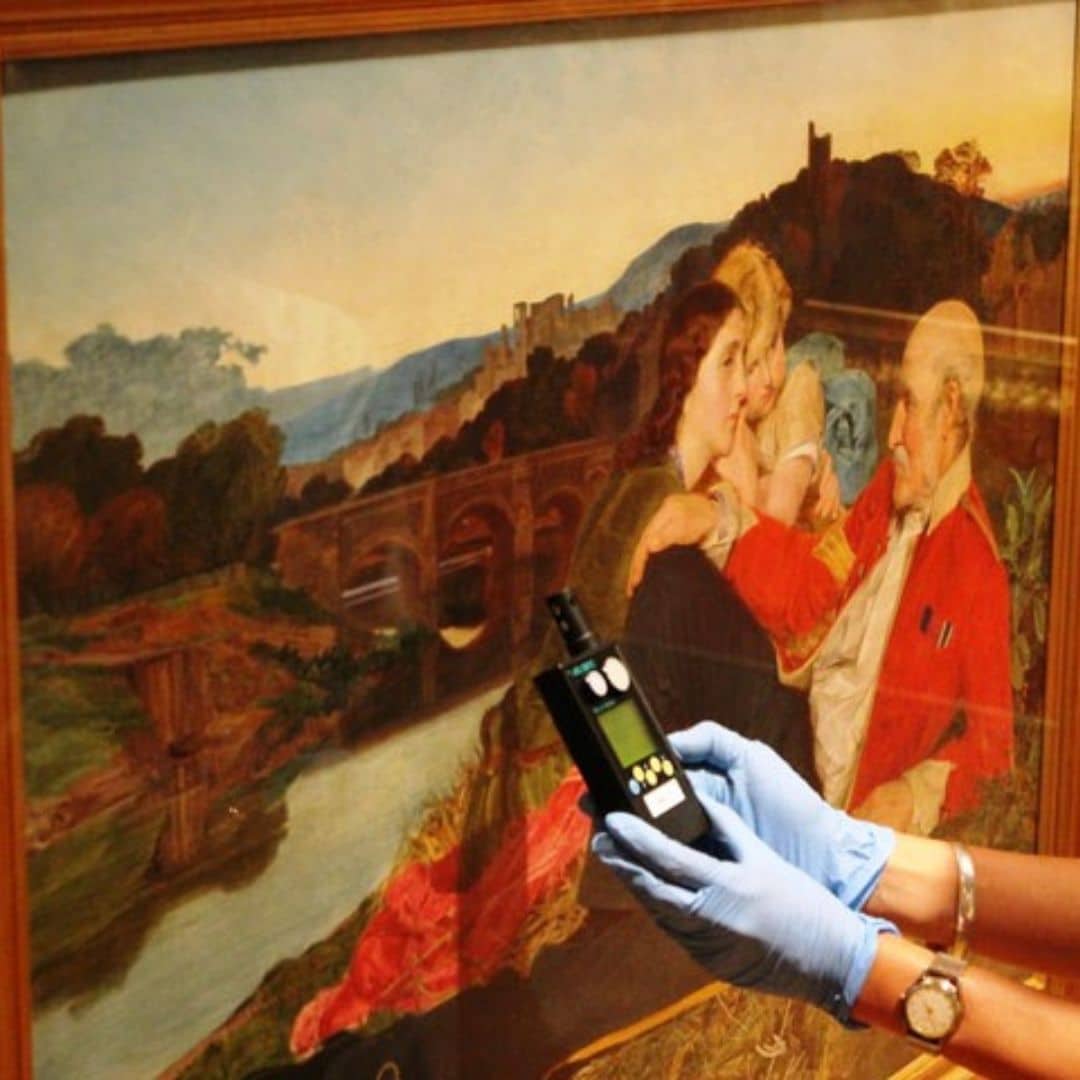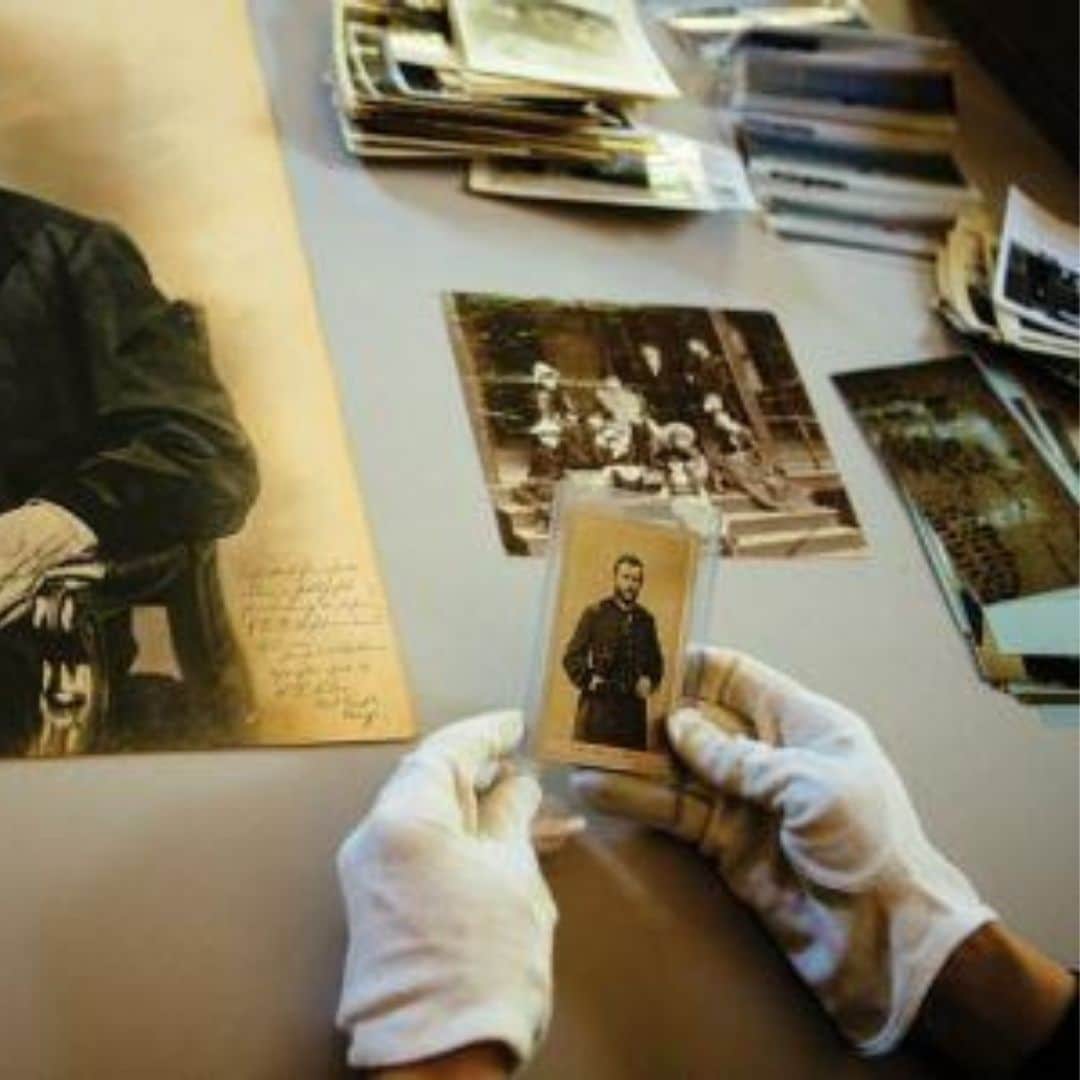We share some tips for paper conservation . Little tricks that guarantee the longevity of this material and the preservation of our memories.
LOVE LETTERS
"What's that, Mum? - Letters your father wrote me when we were dating. Don't think you're going to read them!... Some of them are no longer readable, they're full of mould..." Knowing that my parents wrote love letters made me happy. The mould issue, not so much... So I decided to share some small (quick and cheap) ideas for conserving paper and preserving these memories. |
There are two ways to paper conservation and any other object of historical value:
Preventing deterioration (preventive conservation) and repairing damage ( remedial conservation, restoration).
Both complement each other. But curative interventions are the consequence of the ineffectiveness or absence of preventive means.
To find out the difference between these concepts, read this article about the concepts of Heritage conservation .
You can also find these definitions by ICOM .
ICOM-CC-Resolution-on-Terminology-English (1)
Returning to love letters and paper conservation
Although we are in the midst of a digital age, many of our family memories and even official documents are still on a physical support, i.e. paper.
Photographing or digitalising these documents is undoubtedly an important step towards the preservation of the information and messages they contain.
This process also involves work and care in the organisation of digital documents so that they “don’t get lost” in the immensity of documents and digital images that we currently produce.
But this process preserves the information but not the document itself. We need to consider paper conservation methods.
We can take small measures – easy to implement and affordable – that will help us preserve these documents.
4 Paper conservation tips
1 – Boxes
Use an acid-free box made from cardboard with a pH value of 7.0 or slightly higher.
This paper is produced with special precautions during the manufacturing process, which eliminate the action of any acid that may be present.
They protect against light due to their opacity; they are breathable (humidity and gases). They reduce environmental fluctuations.
They come in various sizes and are no more expensive than some “lined and decorated” boxes.
For effective paper conservation it’s important to check the “acid free” symbol.


2 – Silica gel
In closed areas they act as a stabiliser, absorbing excess moisture and preventing fungi and other microorganisms from attacking.
They are sold in large supermarkets in a variety of pack sizes.
In boxes, bags or sheets, there are several options: simple, with a colour indicator and even reusable after microwave drying.
Humidity control is a huge advantage when it comes to preserving paper, preventing much of the damage caused by stains and mould.

3 – Traps
Insects cause the deterioration or even disappearance of paper.
Placing traps in strategic locations (and the number of insects that get stuck in them) will help us realise whether we’re dealing with a pest or not.
These traps can be bought or made at home using cardboard and tape.
It is often thanks to these traps that we can indirectly detect problems in the building that are contributing to the increase in the presence of insects.
DOWNLOAD TRAP TEMPLATE INSTRUCTIONS
4 – Location
Attics with cracks or damp basements, poorly ventilated or not very clean, are not the right places to store our memories on paper.
We don’t usually have humidity and temperature control systems at home to monitor these deterioration factors
But knowing where we feel most comfortable is a good indicator for choosing the best place to store documents.



